Montreal is often seen as one of the most European cities in North America, with its historic facades and elegant boulevards captivating travelers each year. A hundred years older than the country itself, this Canadian city is far from being stuck in the past. Montreal is a lively, energetic city with many attractions and a fascinating cultural mix. If you’re planning to visit Quebec’s largest city, here are some top Montreal tips to make your trip perfect.
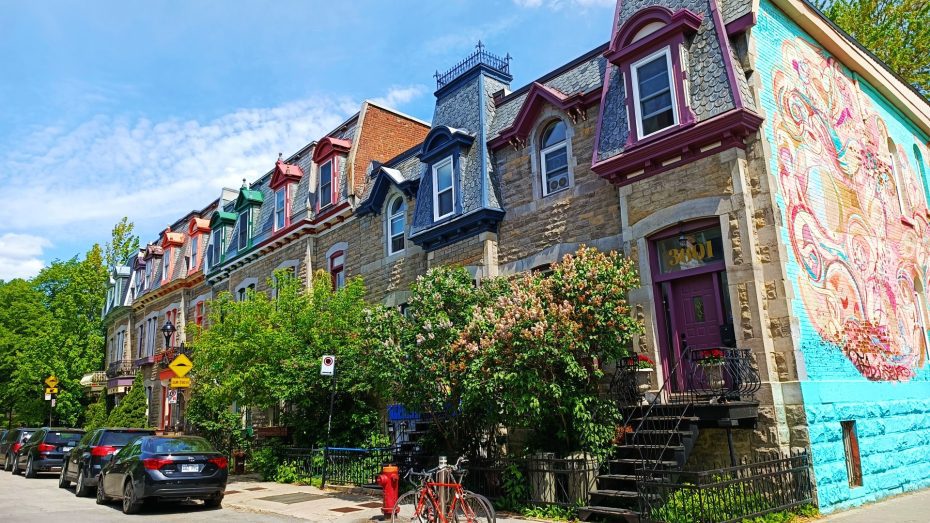
Montreal is one of the most popular tourist destinations in Canada and ranks among the most visited in North America. Although it is a relatively easy and accessible place to visit, there are some tips for Montreal that you should know to make the most of your visit to this Quebec city, especially if it’s your first trip.
Read more about the top attractions to see in Montreal
Before We Begin
Before diving into this list of tips for visiting Montreal, make sure you’re familiar with the basic information about the city.
Montreal: Quick Facts
- Population: 1.8 million (city), 4.3 million (metro area)
- Languages: French, English
- Elevation: 48 meters (157 feet) above sea level
- Time Zone: GMT -4 (GMT -5 from late March to early November)
- Area Code: +1
- Voltage: 120V AC, 60Hz (American plug)
- Currency: Canadian Dollar (CAD)
- Tourism Website: www.mtl.org/en
First, you need to get to Montreal. The good news is that the city is well-connected by air.
Find cheap flights to Montreal
Montreal also has excellent road and rail connections from Toronto, Ottawa, and Quebec City.
In Montreal, you can easily get around using public transportation. However, having a car can make exploring natural areas and spots outside the metro reach easier.
Where to Stay
Montreal offers a variety of accommodations, from small independent lodgings to boutique hotels, B&Bs, and hostels, catering to different needs and budgets.
Best areas to stay in Montreal | Find hotel deals in Montreal
Tips for Visiting Montreal
Dive into these essential tips to help you navigate Montreal smoothly and make the most out of your visit to this vibrant city.
1. Learn some general facts about Montreal
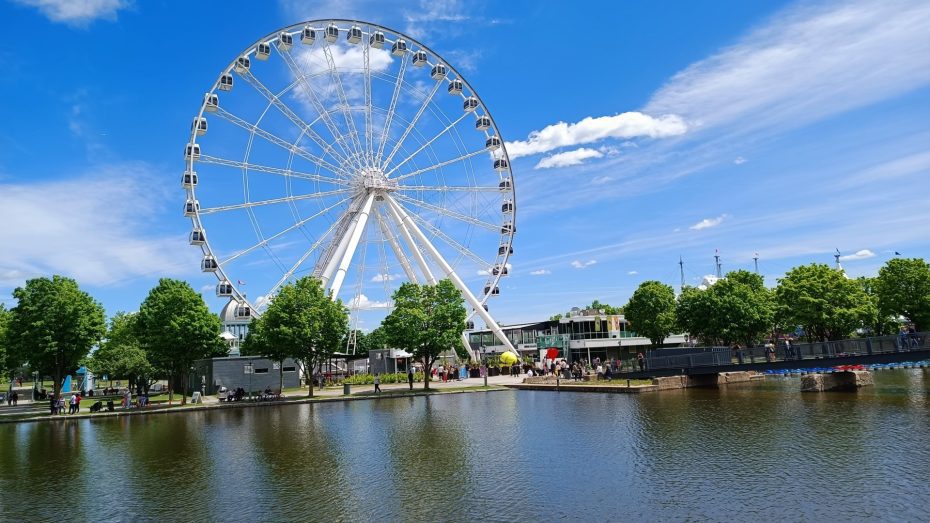
Montreal, with around 1.7 million residents, is the second-largest city in Canada and home to nearly half of Quebec’s population. It’s the province’s metropolis and used to hold the title of Canada’s most populated city for 150 years.
Nestled in southwestern Quebec on the Island of Montreal—the biggest of the 234 islands in the Hochelaga Archipelago, where the Saint Lawrence and Ottawa rivers meet—Montreal is a major hub for industry, commerce, and finance. It’s also a crucial center for air, rail, and maritime transport and one of the leading spots for Francophone culture in North America.
Montreal’s deep-rooted French colonial history dates back to the 16th century. What began as a mission settlement soon turned into a bustling fur trade center, a role that grew after the British took over New France in 1763.
The city’s location on the St. Lawrence River was a significant advantage in its growth. Since Canada’s confederation in 1867, Montreal was the country’s largest metropolitan area until Toronto took the lead in the 1970s.
The majority of Montreal’s residents are French Canadians, and the city is often considered the second-largest French-speaking city in the world after Paris (more on that later). Even so, its economy was long dominated by the English-speaking minority.
Montreal has been a welcoming destination for immigrants and is celebrated as one of the most cosmopolitan cities in North America.
2. Know the difference between Québec and the rest of Canada.

Quebec is the largest of Canada’s 10 provinces and is second only to Ontario in population.
As one of the only French-speaking regions in North America, Quebec is unlike any other place on the continent. Most of the population consists of French Canadians, descendants of 17th-century French settlers who have resisted centuries of pressure to assimilate into Anglophone society. This tradition continues to this day.
To understand the concerns and ambitions of modern-day Quebecers, one must appreciate the long and sometimes turbulent history of the province’s Francophone community since the British acquisition of New France in 1763 and their struggle for survival and recognition within a predominantly Anglophone Canadian federation. This struggle has been particularly notable since the “Quiet Revolution” of the 1960s when Quebec’s Francophone community began to see itself as a distinct national identity, and its leaders focused on building a modern secular entity to improve their social, cultural, political, and economic conditions.
This new reality has significantly altered Francophone-Anglophone relations within the province and throughout Canada, and it’s something to keep in mind when deciding to visit Montreal or other cities in Quebec.
Useful social tip:
When visiting Montreal, it’s best to avoid discussing subjects like Quebecqoise independence or Anglo-Franco relations unless you know the person well. It’s one of those sensitive topics that should be approached with care (or not at all), especially as a foreigner. When unsure, ignore the subject and keep things light-hearted.
3. What is the best time to visit Montreal?
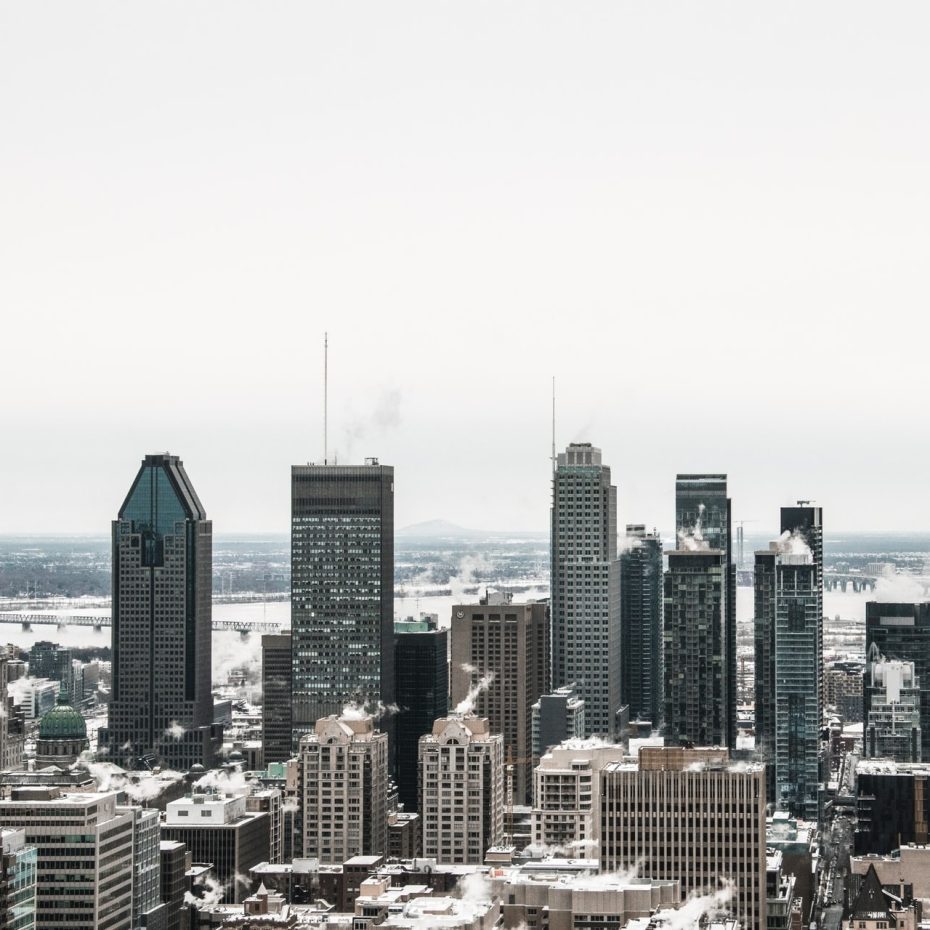

Montreal has a continental climate, but its proximity to the Great Lakes, combined with prevailing west winds, affects temperatures in both winter and summer.
In January, average temperatures hover around 15°F (-9°C), but the wind chill can make it feel much colder. In July, the average temperature is about 72°F (22°C), but it’s not uncommon for summer days to soar above 86°F (30°C) with 100% humidity.
The prevailing winds and the Great Lakes also influence precipitation, which is relatively consistent throughout the year, averaging about 41 inches (1050 mm) annually. In winter, however, this precipitation primarily falls as snow, often totaling more than 6.5 feet (2 meters).
The best times to visit Montreal are from March to May and from September to November when the weather is milder, and hotels offer the best deals. That said, there’s really no bad time to visit Montreal. Summer’s warm temperatures make exploring on foot more enjoyable, while the Underground City’s climate-controlled passages provide shelter during winter.
If you plan to visit Montreal in the summer, be sure to book ahead. The city hosts numerous festivals during this season, and hotel rates can skyrocket.
4. Is Montreal safe for tourists?
Safety is a major concern for all travelers, and rightfully so.
Canada, in general, and Montreal, in particular, are typically safe for tourists. Montreal ranks among the 10 safest cities in Canada and is considered much safer than Toronto. However, just like anywhere else in the world, you should watch out for pickpockets, especially in tourist areas, on public transportation, and in crowded places.
You can find up-to-date and accurate safety information on the U.S. Department of State’s travel website or the UK Government’s foreign travel advice.
As with any trip, and especially considering the recent COVID-19 pandemic, it’s crucial to stay alert and get comprehensive travel insurance.
5. Do I need a visa to travel to Canada?
U.S. citizens and permanent residents are exempt from any visa requirements to enter Canada.
Although citizens of the UK, Australia, New Zealand, and the EU (including Ireland) do not need a visa to travel to Canada for tourism, they must apply for a Canadian ETA (Electronic Travel Authorization) before departure. Similar to the United States’ ESTA, the ETA is an electronic authorization required for visa-exempt travelers entering Canada by air.
Citizens of other countries should check the specific visa requirements with their Canadian consulate to ensure they meet the entry requirements for Canada.
6. Three or four days are perfect for a trip to Montreal
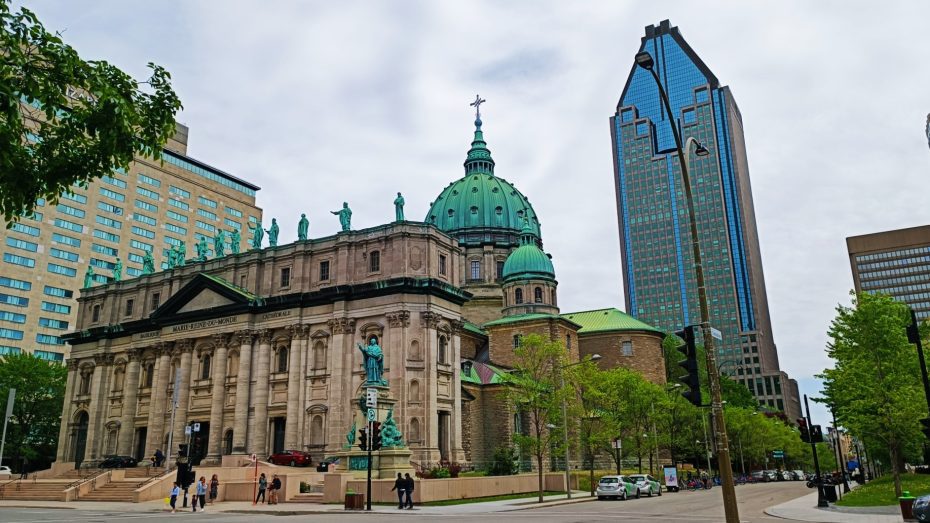
A long weekend or a 4-day vacation is perfect for discovering Quebec’s metropolis and its main attractions. That said, a two-day visit can be enough to see the basics of Montreal.
Montreal in 2 Days
Here are some of the must-see attractions in Montreal for a weekend or a two-day visit:
Montreal in 3-4 Days
If you have a couple of extra days, you can add these attractions to your list of things to do:
Read more about the top must-see attractions in Montreal.
7. If you stay a few more days, you can explore the wonders of Québec City
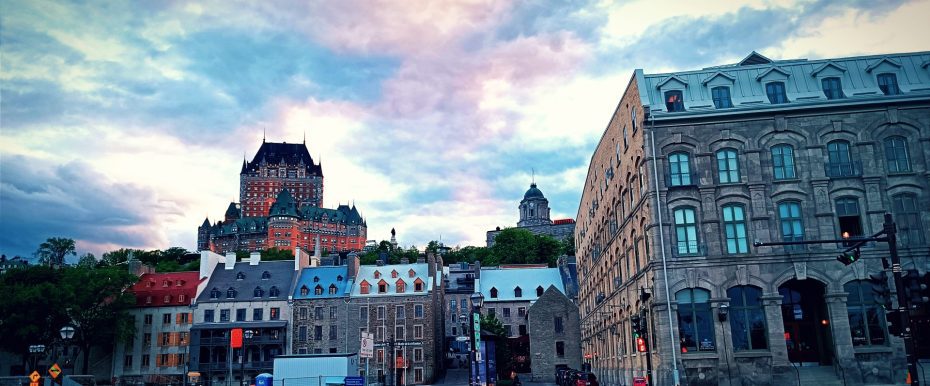
Just three hours by train from Montreal, you’ll find Quebec City.
As the capital of its namesake province, Quebec City is renowned for being one of the oldest cities in Canada. It boasts a distinctive European charm and character, and it is the only remaining walled city in North America north of Mexico. It was recognized as a UNESCO World Heritage Site in 1985.
Quebec City was founded in 1608 as a permanent trading post. The city is known for its narrow cobblestone streets, stone buildings, and rich French Canadian culture. Its splendid views and unique character were noted as early as 1842 by Charles Dickens, who called Quebec the “Gibraltar of North America.”
Quebec City is compact enough to explore in just two days, making it an ideal destination for a short trip.
8. How do I get from the airport to downtown Montreal?

Montreal-Pierre Elliott Trudeau International Airport, often called Montreal-Trudeau, is the city’s main airport. It’s the busiest airport in Quebec and one of the busiest in Canada, located just 15 km (about 9 miles) west of downtown.
The airport has a passenger terminal divided into four zones. Here are a few ways to get from the airport to downtown Montreal:
- Taxi: A taxi ride usually takes about 25-35 minutes. You can find taxi stands on the arrivals level near the central exit.
- Uber: If you prefer using Uber, you can get picked up at door 6 on the departures level.
- Shuttle Bus 747: This bus takes about 45 to 70 minutes. You can buy tickets on the bus or at vending machines on the international arrivals level. It’s the cheapest way to get to downtown Montreal.
- Hotel Shuttles: Many hotels in Montreal offer free shuttle services. Check with your hotel to see if they have this service.
- Car Rentals: Car rental agencies are conveniently located in the arrivals hall if you prefer to drive yourself. Find a cheap rental car in Montreal.
9. How do I get around Montreal by public transportation?
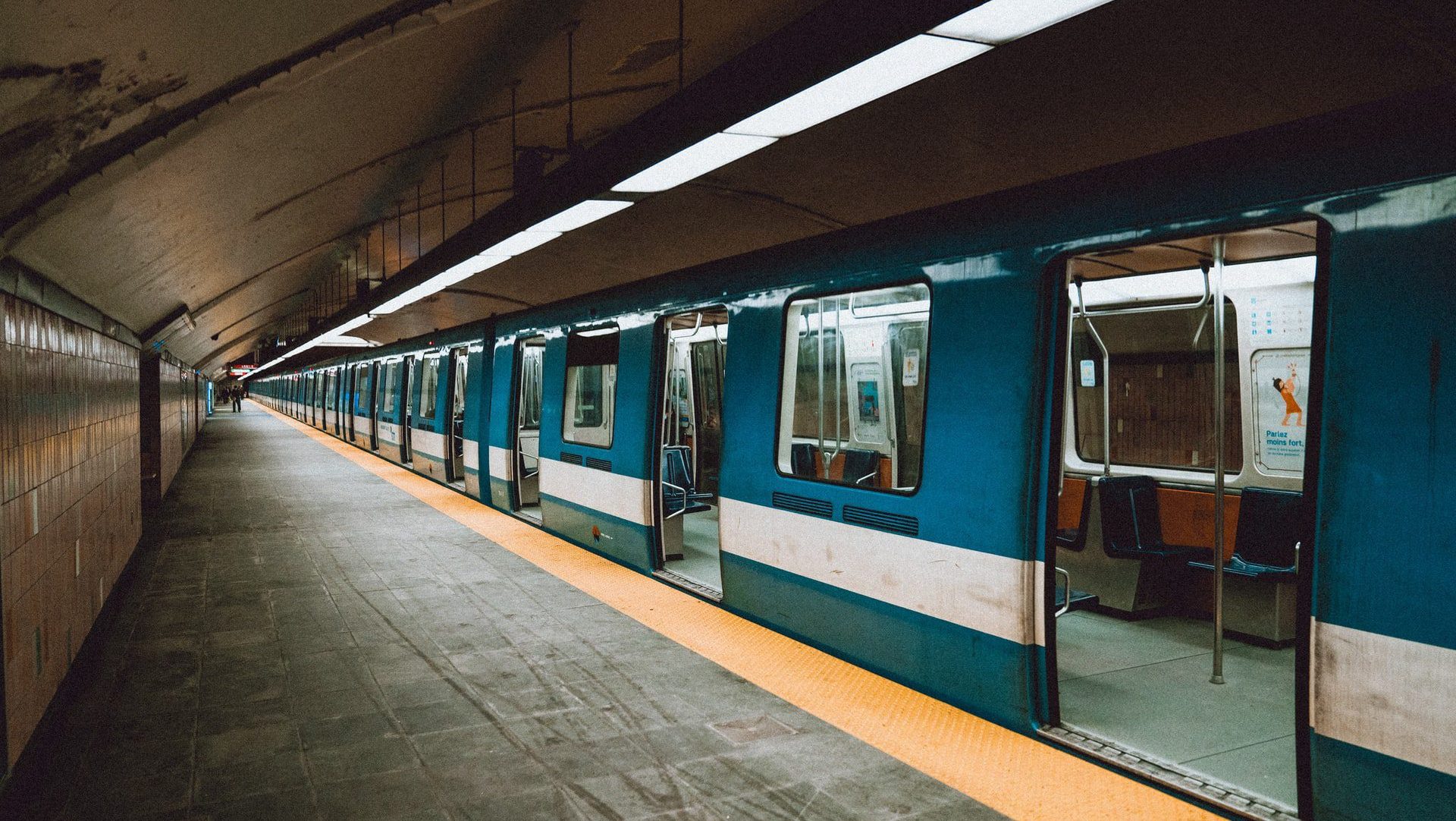
Downtown Montreal and the famous Underground City are quite compact, covering about 3 square kilometers (roughly 1.2 square miles), making it easy to explore on foot.
For longer trips, Montreal offers a good selection of public and private transportation services, including the metro, buses, taxis, and ride-sharing apps like Uber. If you plan to stay in the downtown area, Old Montreal, or Le Plateau, the STM (Société de transport de Montréal) metro system is the best transportation option.
The Montreal metro system is known for being clean, reliable, and efficient. It covers the entire downtown area and some suburbs like Lasalle, Laval, and the South Shore. The system has four lines with +60 stations and operates from 5:30 AM to 1:00 AM on weekdays and Sundays and until 1:30 AM on Saturdays.
While the metro serves the central areas, the STM bus network reaches much further, including the airport, West Island, and beyond. The 747 bus service provides a direct link between Montreal-Trudeau International Airport and downtown, running 24/7.
In addition to the metro and buses, taxis and ride-sharing apps (like Uber and Teo Taxi) are readily available throughout the city. Montreal taxis are regulated and metered and can be hailed on the street or found at taxi stands.
Bike-sharing is another popular transportation option in Montreal (more on that below).
10. Is Montreal a bike-friendly city?
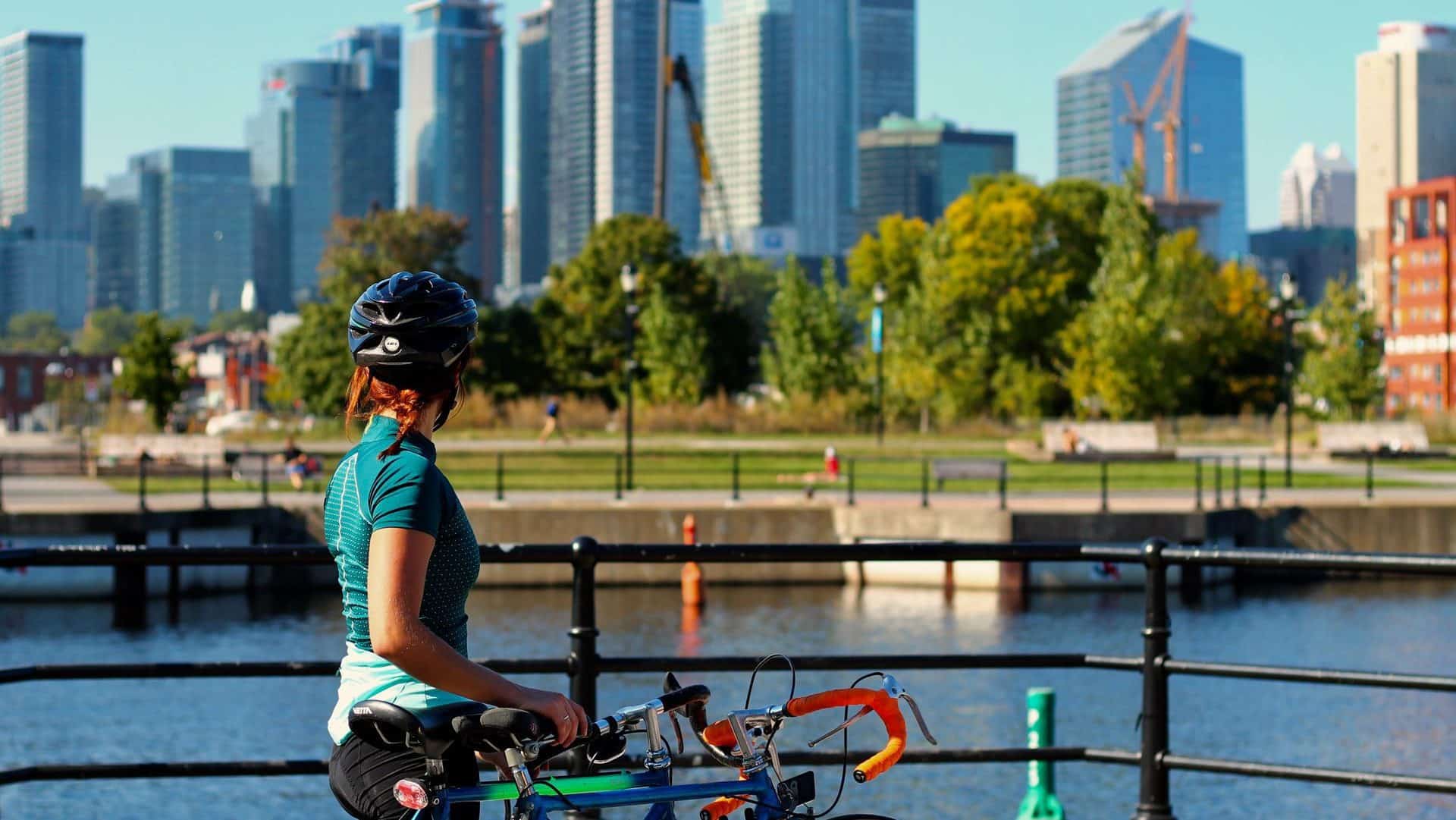
Bixi is Montreal’s bike-sharing program and a great way to explore the city, especially during the warm days of spring, summer, and fall.
There are over 500 stations scattered throughout the city. To use Bixi, you can download the app or go directly to a station to purchase a ride. Options include 30-minute single rides, 1-day passes, and 10-ride passes. It’s important to note that a credit card is required to register, and a refundable deposit of 100 Canadian dollars is needed.
Bixi is perfect for both short rides and longer explorations of the city. The stations are conveniently located near major attractions, parks, and neighborhoods. The bikes themselves are sturdy and well-maintained. Bixi also provides options for electric bikes, which can be particularly helpful for longer distances or hilly areas. It may not seem like it at first, but Montreal is by no means a flat town. My calves speak from experience!
Montreal’s extensive bike paths and lanes make cycling a safe and enjoyable experience. You can ride along the Lachine Canal, explore Mount Royal Park, or pedal through the historic streets of Old Montreal. Biking is an eco-friendly way to travel and a fantastic way to see the city’s sights at your own pace.
For more information and to find a bike station near you, you can visit the BIXI Montreal website.
11. How easy is it to get by in English in Montreal?
While Montreal is officially French-speaking and often reputed as the second-largest Francophone city after Paris (a myth, as other Francophone places in Africa have larger populations), it’s also the most bilingual city in Canada. About 60% of its residents speak both English and French fluently.
For exclusively English-speaking travelers, getting by in English in Montreal is quite easy. Most signs, menus, and public information are available in both languages. Most people, especially in the service industry, like hotels, restaurants, and shops, can communicate effectively in English.
Many public services and transportation announcements are also available in English, making it straightforward to navigate the city.
That said, having some knowledge of French is a basic sign of respect and can go a long way. Quebecois are famously welcoming and appreciate the effort. A simple “Bonjour” or “Merci” can earn you a warm smile. Trust me, your attempts at French will be much more appreciated in Montreal than in Paris!
12. Montreal has many neighborhoods worth exploring
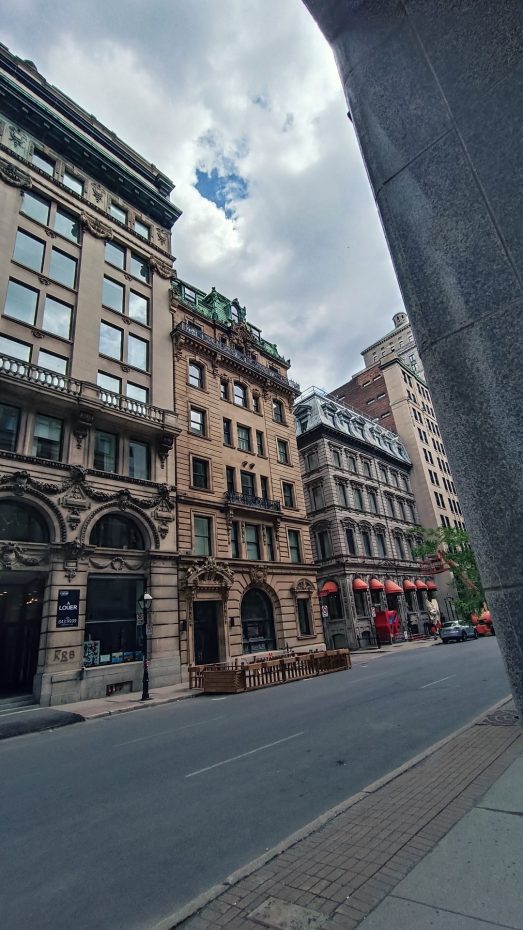

Montreal is a city designed for people, not cars. Unlike many North American cities, Montreal’s parks, narrow streets, and green lanes (or ruelles vertes) prioritize pedestrians and cyclists. The city’s metro system makes it easy to access all areas without a car.
Objectively declaring the best neighborhood in Montreal is almost impossible, but Plateau-Mont-Royal definitely wins the popular vote. This lovely district is known for its walkable streets. The area has local shops, cafes, and parks within walking distance. Iconic delis, cafes, the nightlife of St. Laurent, and parks like La Fontaine, Laurier, and Mount Royal Park are all easily accessible on foot.
Old Montreal is another pedestrian-friendly area. Its cobblestone streets, historic buildings, and waterfront make it perfect for exploring on foot. You’ll find landmarks like the Notre-Dame Basilica, the Old Port, and countless boutiques and restaurants, all within a short walk.
Mount Royal Park, designed by Frederick Law Olmsted (co-designer of Central Park), offers hiking trails, views, and a peaceful escape. Parc La Fontaine features ponds, theater performances, and picnic areas.
Montreal’s walkability and charm make it a city worth exploring on foot or by bike.
13. How gay-friendly is Montreal?

Montreal is widely recognized as one of the most gay-friendly places in Canada. Sorry, Toronto, but “Le Village” is truly unmatched! Located along Sainte-Catherine Street in the eastern part of downtown, it features bars, nightclubs, cafes, and restaurants for and by the LGBTQ+ community. The area is also known for its legendary drag scene and iconic venues like Cabaret Mado and Complexe Sky. The Village becomes a pedestrian-only zone during the summer.
In Canada, same-sex marriage has been legal nationwide since 2005, making it the fourth country in the world to legalize same-sex marriage. In terms of safety, Canada is often ranked as one of the safest countries for LGBTQ+ individuals, with a high level of social acceptance and political representation. Montreal has progressive policies and a strong legal framework supporting LGBTQ+ rights. The city’s mayor and other officials actively participate in Pride events, demonstrating their support for the community.
The city hosts several film festivals, theater productions, and art exhibitions that celebrate queer culture and creativity. Notable events include the Image+Nation Film Festival and the famous Fierté Montréal Pride Festival, which attracts hundreds of thousands of visitors.
14. Montreal is a foodie’s paradise

Montreal is famous for its incredible food scene, which blends creativity with local culinary traditions.
The star dish of Montreal (and all of Quebec) is of course poutine. This beloved comfort food staple consists of fries topped with cheese curds and smothered in gravy, and you can add various toppings for extra flavor. It first appeared in rural Quebec bars in the 1950s and has since become a staple across the province, available everywhere from gourmet restaurants to fast food chains. Poutine is now a symbol of Quebecois and Canadian cuisine and culture.
Some of the region’s most iconic dishes besides poutine include beaver tails (deep-fried dough pastries shaped like a beaver’s tail, topped with sweet goodies like cinnamon, sugar, chocolate, and fruit) and Montreal-style bagels (smaller, denser, and sweeter than their New York counterparts, often boiled in honey-sweetened water before being baked in wood-fired ovens).
But perhaps the most Canadian-sounding dish ever created is maple sweets, which is made by pouring hot maple syrup onto fresh snow, where it quickly cools and thickens.
If you’re looking to explore Montreal’s culinary delights, these food tours are a fantastic way to sample some of the city’s favorites while learning about the history of its vibrant food scene.
Food Tours & Tastings in Montreal
15. What are the main events in Montreal throughout the year?

Montreal is renowned for its vibrant festival scene, where it seems like there’s always something to celebrate. Throughout the year, the city comes alive with events that draw visitors from all over the world.
The festival season kicks off in May with the Montreal Circus Festival, showcasing incredible acrobatic performances. As we move into June, the Montreal Jazz Fest takes center stage. Known as the largest jazz festival in the world, it attracts over two million visitors each year. June also brings the MURAL Festival, turning the city into an open-air gallery adorned with murals and street art.
In the heat of summer, July hosts the Just for Laughs Festival, the world’s largest international comedy festival, where comedians from around the globe come to entertain. Following this, August is packed with major events. Osheaga, often compared to Coachella, features a diverse lineup of indie and hip-hop acts. Shortly after, Île Soniq offers a blend of electronic music and family-friendly activities at Parc Jean-Drapeau. August also sees the celebration of Montreal Pride (Fierté Montréal), which honors the LGBTQ+ community with a vibrant parade, parties, and cultural events.
As autumn arrives, Nuit Blanche in October provides an all-night arts festival with installations, performances, and interactive exhibits throughout the city. This event keeps the artistic spirit of Montreal thriving well into the cooler months.
The festival fun continues even in the depths of winter. January’s Igloofest transforms the city into a winter wonderland with its outdoor dance parties, featuring electronic music in a heated venue that offers a unique and exhilarating experience.




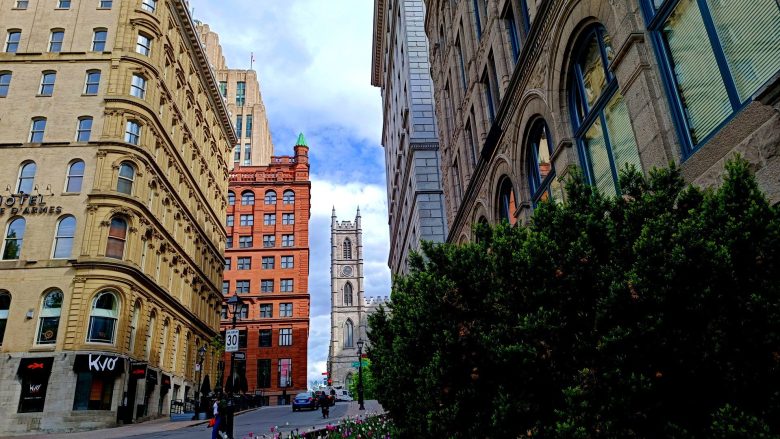
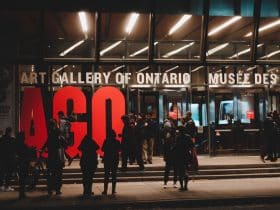
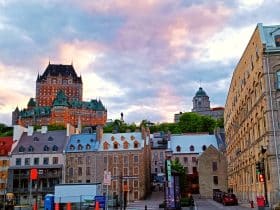
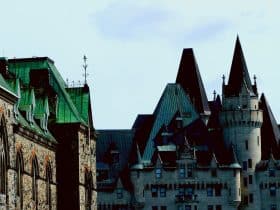




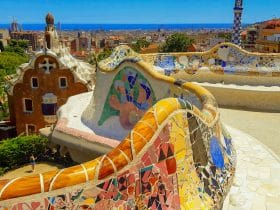


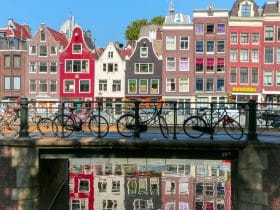
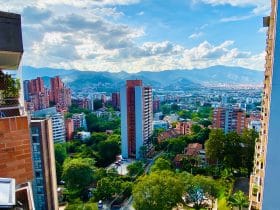

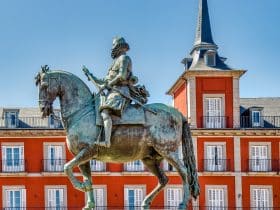
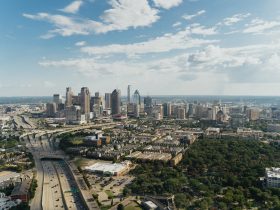
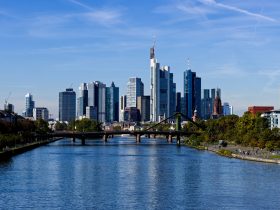



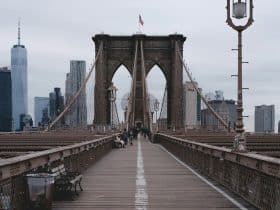
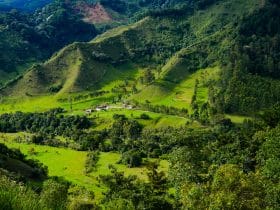

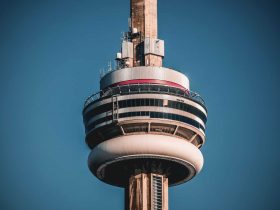
Leave a Reply
View Comments